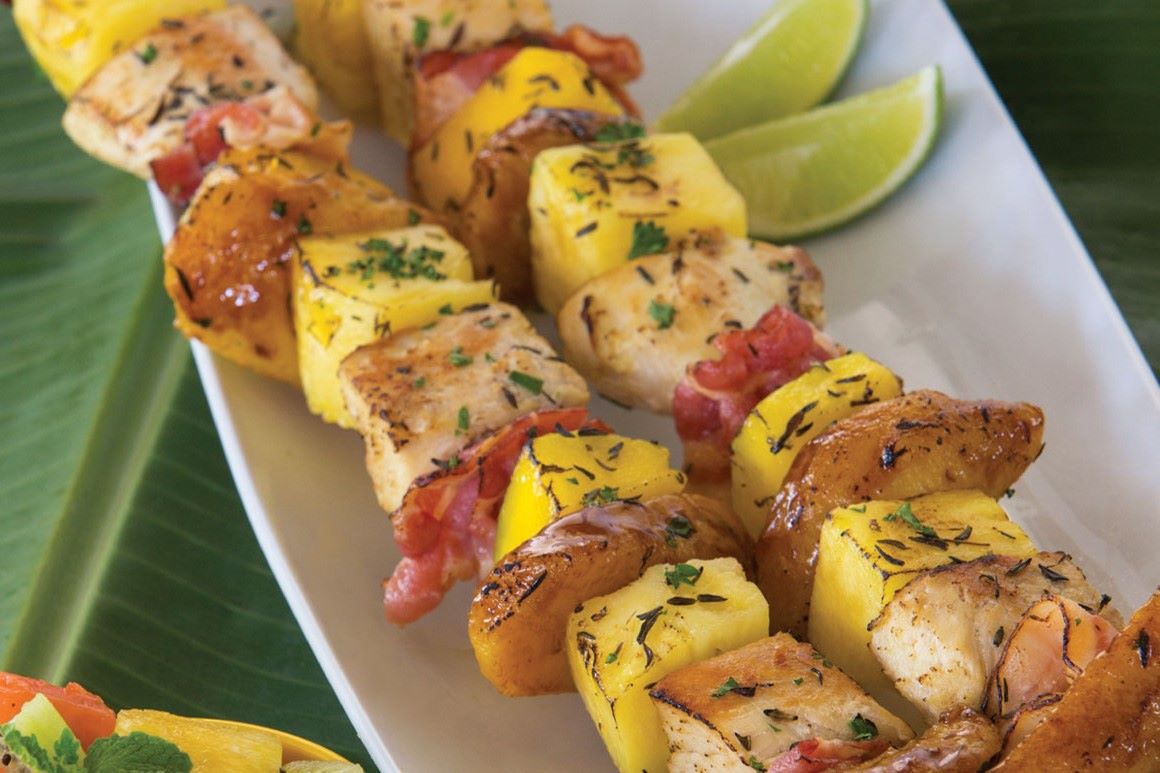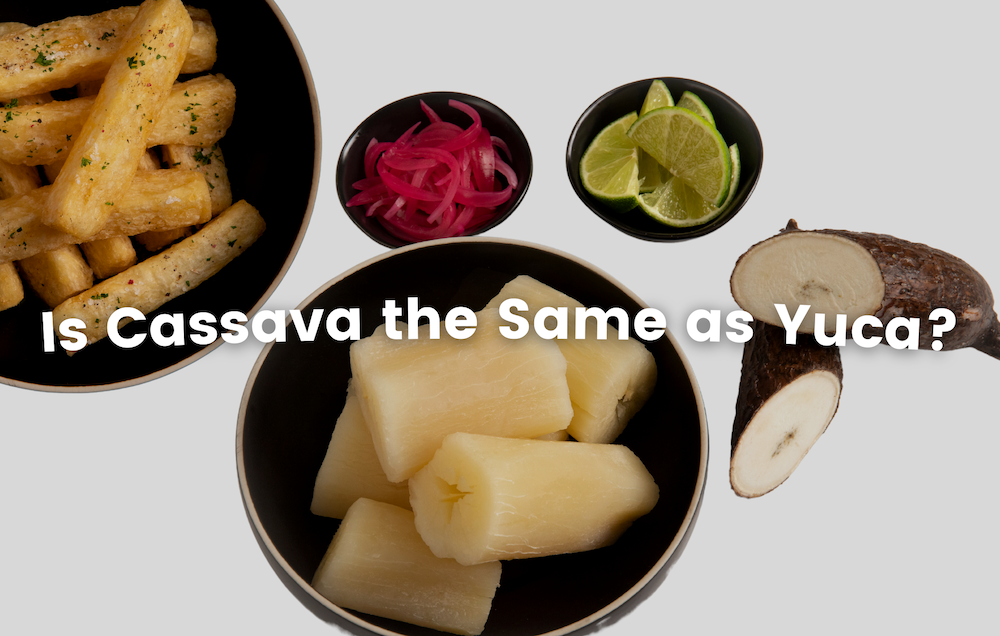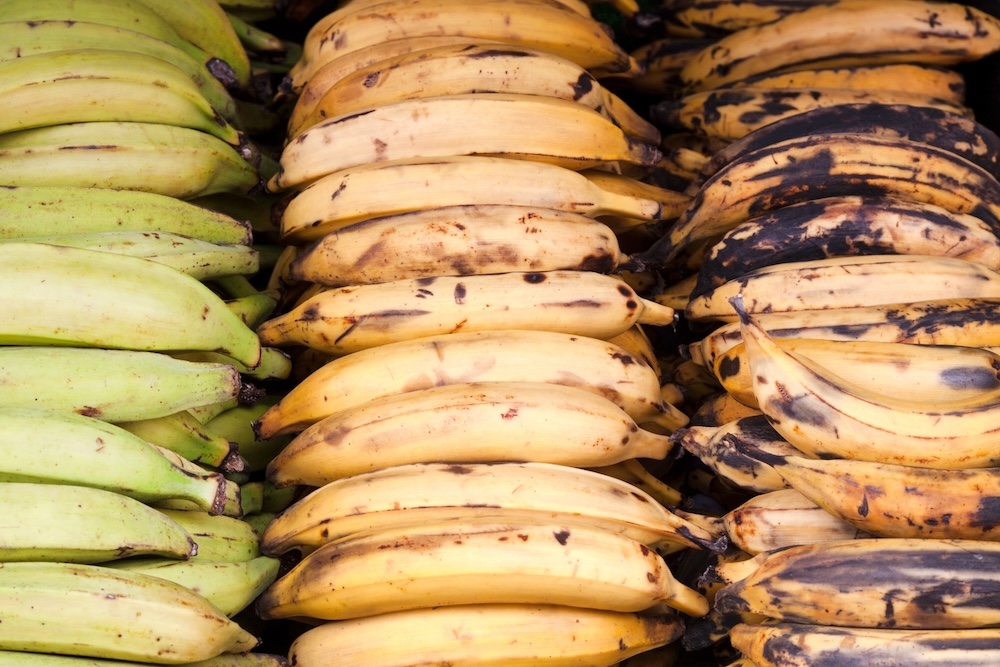What Are Root Vegetables?
We all know a well-balanced diet includes a variety of foods, including fruits and vegetables. But do you know which vegetables are considered root vegetables? What are root vegetables anyway?
ROOT VEGETABLES: 101
Root vegetables, also known as bulbs, roots, and tubers, grow underground at the base of a plant. While they may not all be actual roots, most have large growths that store nutrients to feed the plant in colder months. Because root vegetables grow underground, they absorb a great amount of nutrients from the soil.
They are packed with a high concentration of natural antioxidants, such as Vitamins C, B, A, and iron, which help cleanse your system. They also contain certain amounts of carbohydrates and fiber, which make you feel full, and help regulate your blood sugar as well as your digestive system.
EXAMPLES OF ROOT VEGETABLES
Some familiar examples of root vegetables include bulbs, such as fennel and onions; corms, like celery root and water chestnuts; rhizomes like ginger or turmeric; and finally, our favorite: tuberous roots such as sweet potatoes, boniato, malanga, and yuca.
BONIATO
A boniato is known as a white sweet potato. It has a dry, white flesh and pinkish purple skin. Boniatos aren’t as sweet as other sweet potatoes, and have a gentle, chestnut-like flavor. It is like a cross between white potatoes and the sweet potatoes that are known in the U.S.
MALANGA
Malanga is sometimes confused with other root vegetables, such as taro. The flesh of the malanga root is a light tan color and the thin skin is often covered in patchy areas. Malanga’s flavor is similar to that of a nut, versus that of a potato or yam, once prepared.
YUCA
Yuca, commonly known as cassava or manioc, is a nutty-flavored starch tuber native to South America that is also found in Asia and parts of Africa. Together with other tropical root vegetables like yam, taro, and most notably the potato, it is an indispensable part of the carbohydrate diet for many.
HOW TO PREPARE
Traditionally, root vegetables like yuca can take up to half an hour to prepare and cook. Here at MIC Food® we are helping chefs, restaurants, industrial kitchens, retail brands, delis, and others in the food industry rethink their menus and increase appeal among ethnic and mainstream consumers alike. We provide variety of yuca products that come peeled and cut, ready-to-heat and serve saving you hours of prep time so you can focus on what matters the most: making every meal memorable.
Hungry for more? Check out our recipe library which highlights how versatile yuca really is! Or Ask Our Chef about how you can incorporate yuca, boniato, or malanga into your menu!
Related Articles: Yuca 101: What is Yuca?
Sources:
https://www.health.harvard.edu/staying-healthy/the-pros-and-cons-of-root-vegetables
https://ohmyveggies.com/a-guide-to-root-vegetables/
https://www.thespruceeats.com/about-boniato-2137947
https://www.fruitsandveggiesmorematters.org/boniato-nutrition-selection-storage
https://www.medicalnewstoday.com/articles/319662.php
https://www.specialtyproduce.com/produce/Malanga_20201.php





